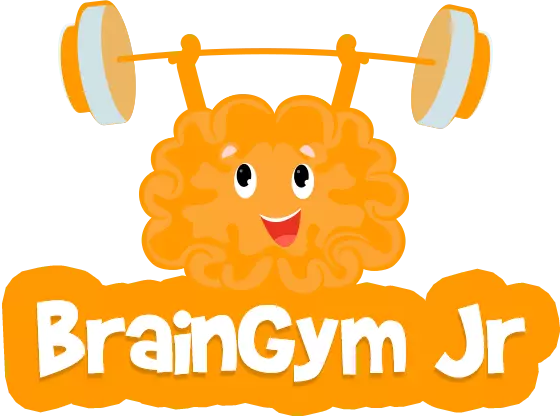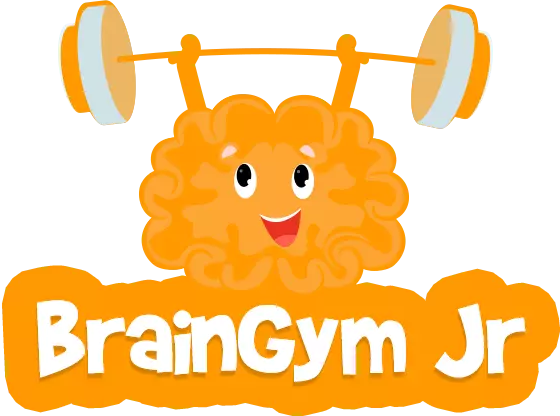Benefits of Gamifying the Learning Process!
How many times have you seen your children play games for hours at a stretch but when it comes to studying, they can barely sit for an hour? Games are synonymous to entertainment and are hence inherently inviting. They tend to keep players motivated and focused for a long period of time without them feeling bored. Gamifying the learning process can bring this effect to studying.
Designers and researchers across the world try to combine learning with games to make it a fun-filled activity. In simple terms, gamification is the use of game elements and techniques like rewards, challenges, problem-solving, leaderboards etc. in non-game contexts. Contrary to popular belief, gamification does not necessarily include the use of video games.
Also learn – Do Video Games Help Children?
What’s interesting is that although the term may have been coined in more recent times, the concept has existed for a very long time. To quote Julie Andrews from the famous movie Mary Poppins, “In every job that must be done, there is an element of fun. You find the fun and SNAP! the job’s a game.”
Although gamification has proved to have many advantages,
here are a few of the most compelling benefits of gamifying the learning process for children:
Leader Boards Inspire Children To Participate
One of the key benefits of gamification is that it makes learning exciting, thus encouraging participation with minimum obligation. Assigning points and creating leaderboards for completing different tasks can encourage children to work harder in order to participate and perform. The experience is more natural and stimulating, making it more likely for children to retain information.
Puzzles for Real-world Applications
Hands-on experience, relatable situations and most importantly an environment with low judgement (unlike exams!), allow children to adopt a problem-solving approach without any fear. Children can solve puzzles and overcome barriers to get the solution to a problem. This gives children hands-on experience in approaching & solving challenges.
Positive Reinforcement Through Rewards
Exam formats in schools tend to reinforce both, reward and penalty. Sometimes, this leads to a heightened fear of failure and inhibits children from trying anything new or taking on challenges in the first place. Removing this fear of failure from children may encourage them to keep trying. The more they try, the more likely they are to learn and succeed in the long run. Positive strokes such as ‘badges’ on achieving milestones can act as a simple tool for motivation without creating unnecessary burden on children.
Mark Rober, former NASA, Apple engineer and current Science YouTuber calls this the Super Mario effect. In Super Mario video games, what matters is getting to the finish line, regardless of how many tries it takes.
Leaderboards, Real World Application and Rewards! Get it all with BrainGymJr! Lean more here
Levels and Checkpoints to Encourage Progression
Gamification often uses different levels of difficulty to enable progressive learning. At a core level, these levels show the understanding a child has on a particular subject. i.e. typically lower levels present easier challenges, while the difficulty increases on higher levels. However, these are presented in a fun manner, bundled with encouragement & recognition awarded to crossing a level and moving up – thus rewarding complex learning.
Learn more about 5 different ways games benefit children
Gamification in learning allows for children to work with instant gratification of results, transparency in terms of accurate information and complete knowledge. The entire experience is positive and leaves long term and deep impact through application-based understanding. Most importantly, it makes learning fun!
“Children learn as they play. More importantly, in play, children learn how to learn.”
– O. Fred Donaldson





